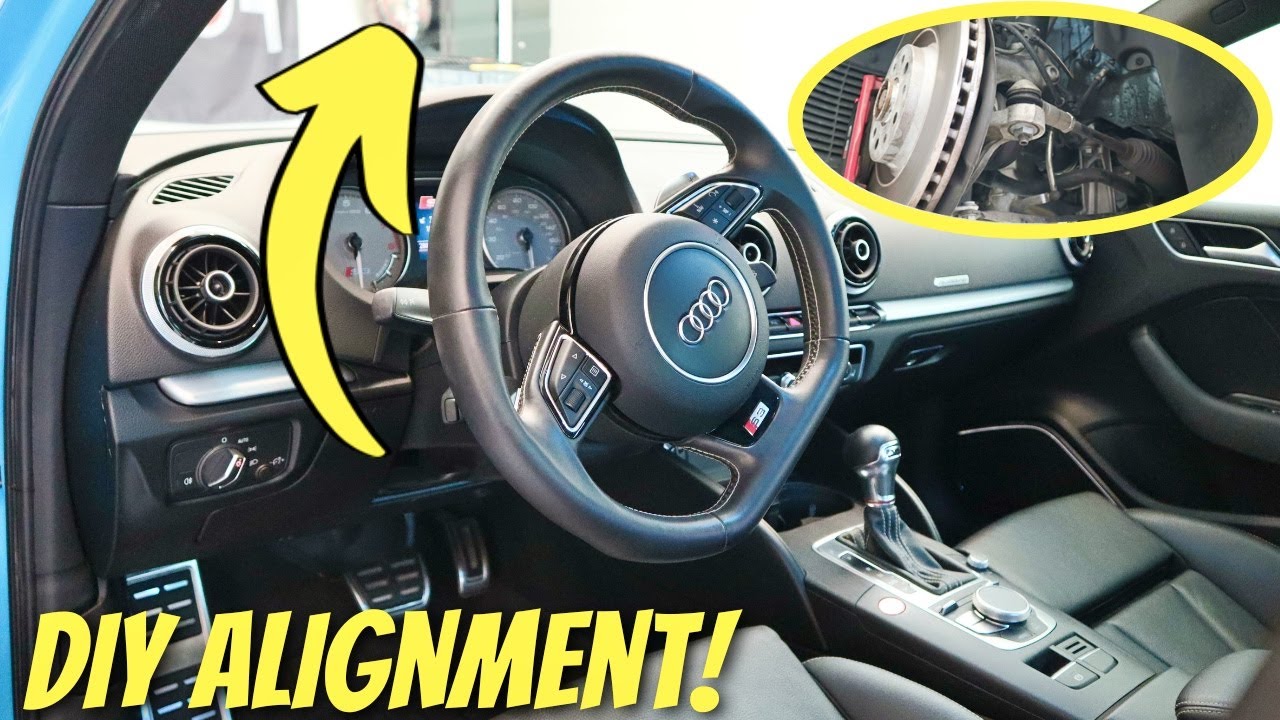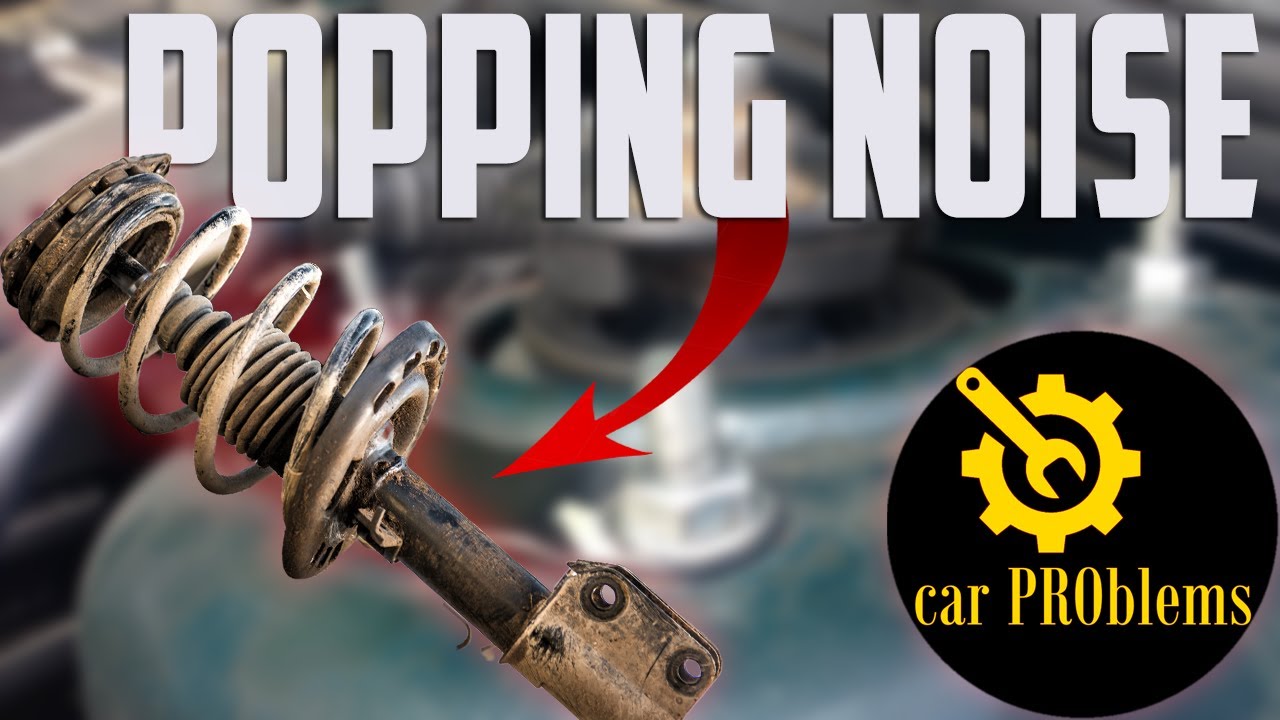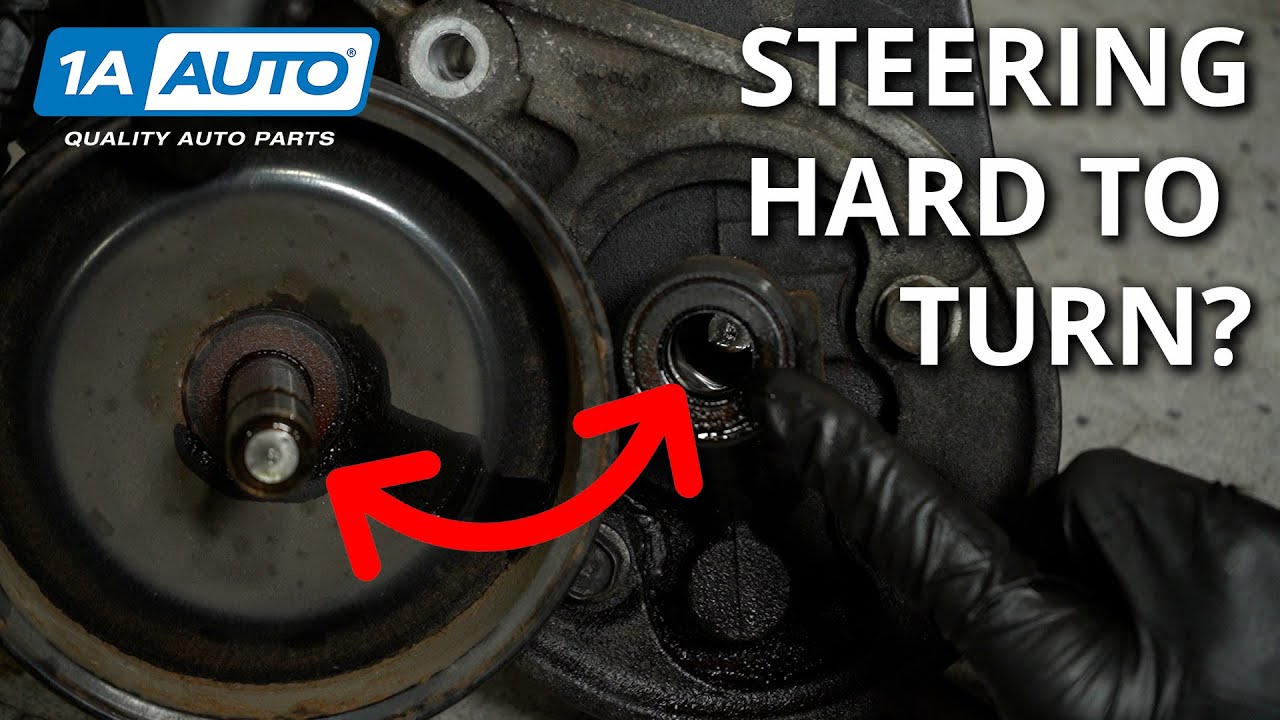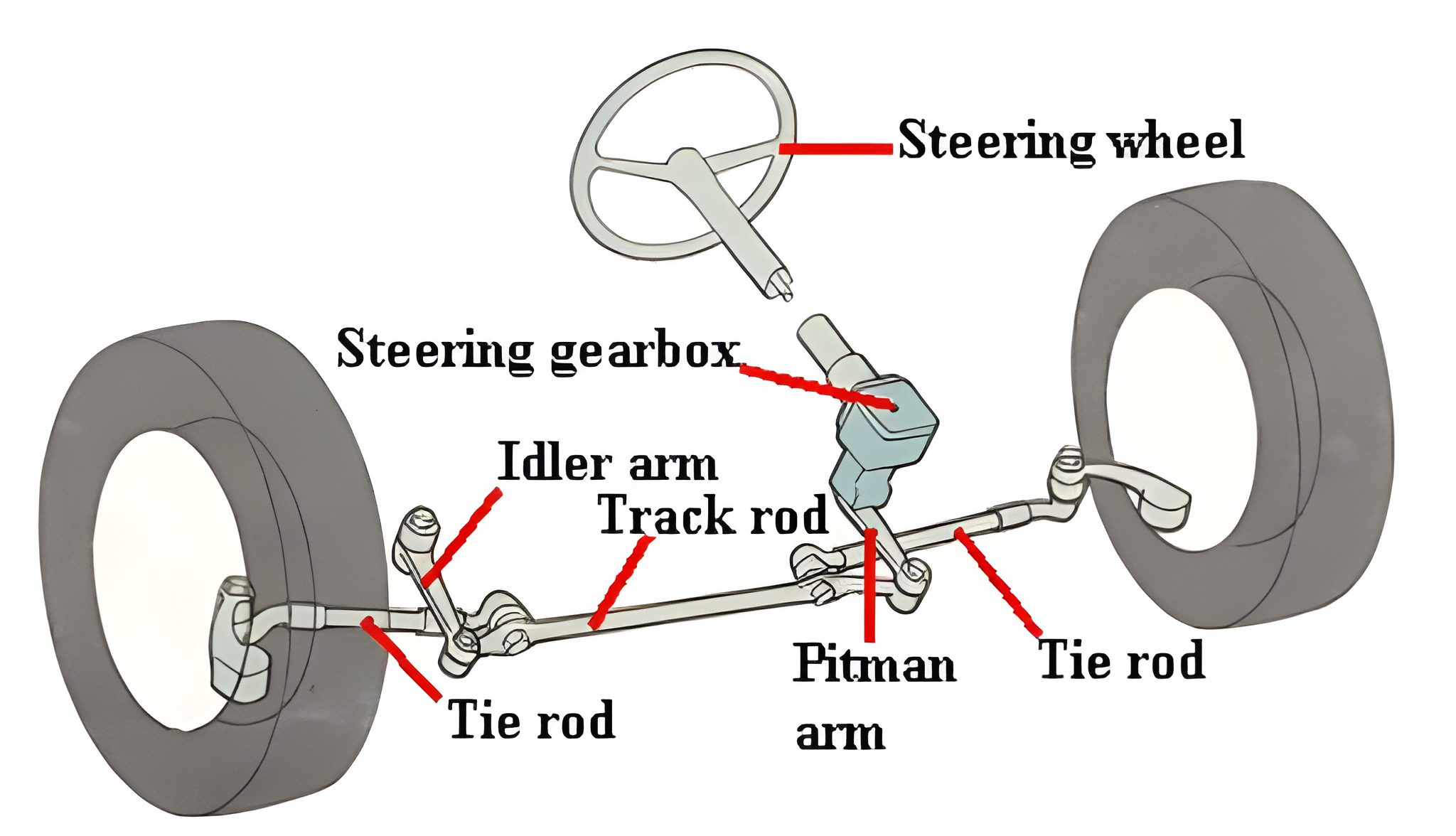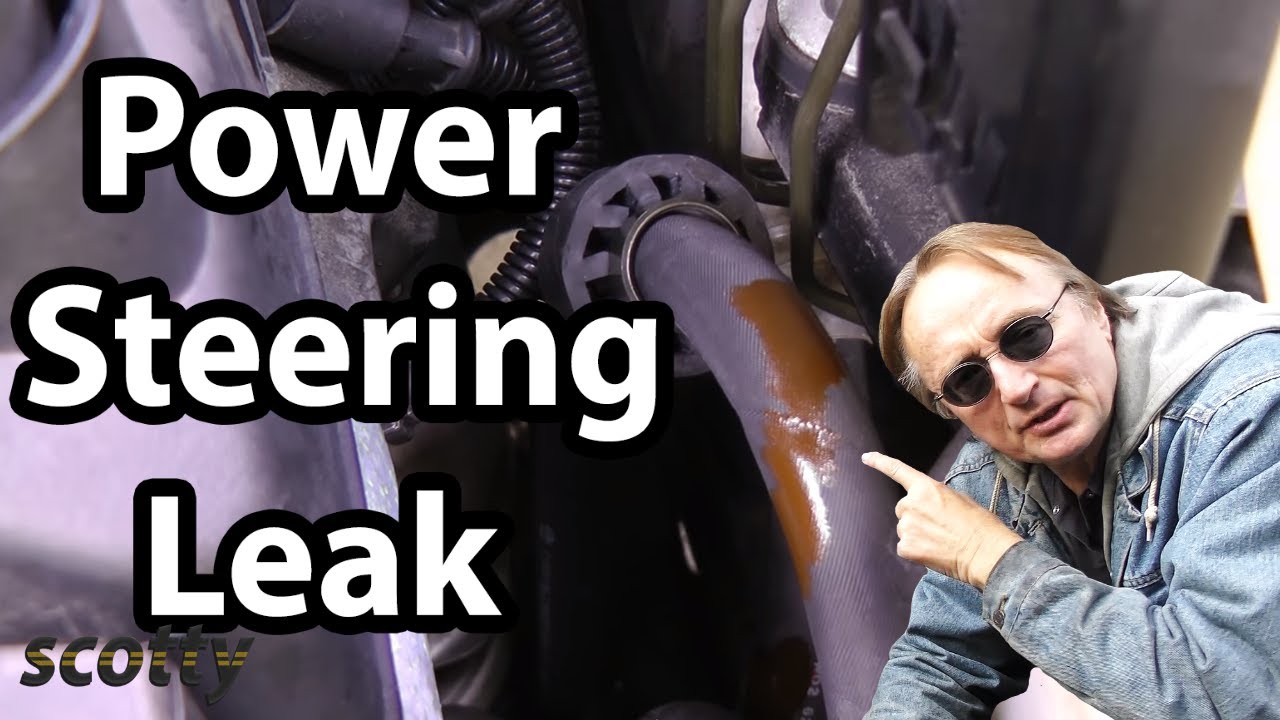Ever felt like you’re steering in circles with a crooked steering wheel? You’re not alone! This guide is your roadmap to understanding and rectifying a misaligned steering wheel, steering you back to a smooth and straight journey.
A crooked steering wheel can indicate an underlying issue with your vehicle’s alignment or suspension. In this article, we will explore the common causes of a crooked steering wheel and discuss the possible solutions to rectify the problem.
Your steering wheel is crooked because you have a problem with the alignment of your steering and suspension. This may occur after running over a curb or pothole if your car hasn’t been adequately maintained or if you’ve altered the vehicle’s ride height without simultaneously adjusting the suspension.
The Basic Principles of a Steering Wheel
The steering wheel is designed to convert the driver’s input into the motion of the wheels, allowing the vehicle to change direction. When the driver turns the wheel, the wheels turn in the same direction as the steering wheel. This is accomplished through mechanical and hydraulic components that transmit the driver’s input to the wheels.
Components of a Steering Wheel
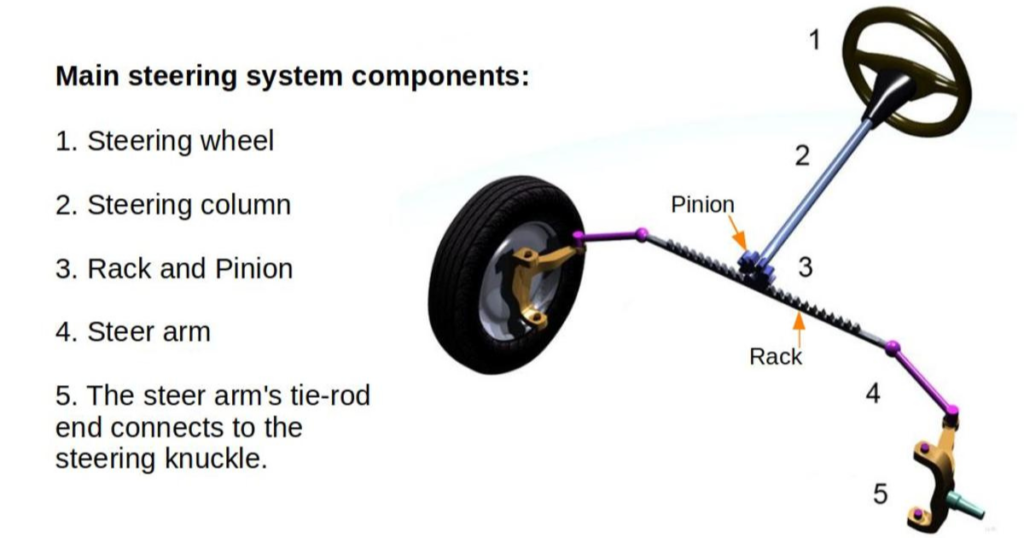
The steering wheel is just one component of the steering system. Other features include the steering column, steering gear, and steering linkage. Each of these components plays a vital role in the system’s overall function.
1. Steering Column
The steering column is a shaft that connects the steering wheel to the steering gear. It is usually a telescoping assembly that adjusts the steering wheel’s height and angle. The column is also responsible for transmitting the driver’s input to the steering gear.
2. Steering Gear
The steering gear is a mechanical assembly that translates the driver’s input into the motion of the wheels. There are two types of steering gear: rack and pinion and recirculating ball. Rack and pinion steering gear consists of a gear rack and a pinion gear that work together to translate the driver’s input into the motion of the wheels. Recirculating ball steering gear uses a series of ball bearings to transmit the driver’s information to the wheels.
3. Steering Linkage
The steering linkage is a series of rods and links that connect the steering gear to the wheels. It is responsible for transmitting the motion of the steering gear to the wheels. The steering linkage consists of tie rods, a center link, an idler arm, and a pitman’s arm.
Related: Steering System Function And Components Explained!
How Does a Steering Wheel Work?
When the driver turns the steering wheel, the input is transmitted to the steering gear through the steering column. The steering gear then translates the information into the motion of the wheels. If the vehicle has a rack and pinion steering gear, the gear rack moves in the same direction as the steering wheel, causing the wheels to turn in the same direction. If the vehicle has a recirculating ball steering gear, the ball bearings transmit the motion of the steering gear to the wheels.
The steering linkage then transmits the motion of the steering gear to the wheels. The tie rods connect the steering gear to the wheels, and the pitman’s arm connects the center link to the steering gear. The idler arm helps to maintain the proper alignment of the wheels.
Is It Safe to Drive with a Crooked Steering Wheel?
The steering wheel is an essential vehicle component, providing control and maneuverability. However, encountering a crooked steering wheel can be disconcerting for any driver. While it may not affect the immediate safety of the vehicle, driving with a crooked steering wheel should not be overlooked.
A misaligned steering wheel can indicate underlying issues with the wheel alignment, suspension, or steering components. These problems can compromise the vehicle’s handling, stability, and overall safety.
It is advisable to have the car inspected and repaired by a qualified mechanic to ensure optimal security on the road. Ignoring a crooked steering wheel can lead to further damage and potential risks while driving.
What causes a crooked steering wheel?
Your steering wheel may not be straight for several reasons, but there are five that seem to be the most frequent.

#1 Damaged Parts
Your car’s steering system’s components may wear out over time. The steering wheel, column, rack, and pinion are some of these components. Your steering wheel may fall out of alignment because these worn-out components can no longer function properly.
#2 Lack of Alignment
The wheels on your automobile may not be pointed in the same direction, which is another typical reason why the steering wheel is not straight. Driving on uneven roads or running into a curb or pothole can also result in this misalignment. Your automobile may be challenging to handle when its alignment is wrong, which increases tire wear and tear.
Related: Steering Wheel Hard To Turn But Fluid Is Full | 6 Fixes & Cost
#3 Height Adjustments
Imagine that you have adjusted the height of your automobile, either by lowering it or by elevating it. In such instances, the variations in size may impact how your car’s suspension operates and how the wheels are aligned with the ground, which may result in a misalignment of your steering wheel.
#4 Defective suspension springs
Wrong suspension springs are a typical reason for a steering wheel that is not straight. These springs support your car’s suspension, which may droop if damaged or worn out.
Your car’s wheels may begin to point in various directions due to the sagging suspension, which can also lead to a misaligned steering wheel.
#5 Hitting a Pothole or Curb
Last but not least, running into a curb or pothole can cause your steering wheel to get out of alignment since the impact can jolt the suspension and steering system’s parts and make them misalign, which will make your steering wheel out of alignment.
How to Fix a Crooked Steering Wheel?

Step 1: Check the Tire Pressure:
In some cases, uneven tire pressure can cause the steering wheel to be off-center. Start by inspecting the tire pressure on all four wheels and ensuring they are inflated to the manufacturer’s recommended levels. Adjust the pressure if necessary, ensuring that all tires are evenly inflated.
Step 2: Evaluate Wheel Alignment:
Incorrect wheel alignment is a common cause of a crooked steering wheel. To assess the alignment, find a straight and level stretch of road and drive your vehicle at a steady speed.
Pay attention to whether the car drifts to one side or the steering wheel is noticeably off-center. If you notice any irregularities, it’s time to get a professional wheel alignment. Take your vehicle to a trusted mechanic or an alignment specialist who can accurately diagnose and adjust the alignment.
Step 3: Inspect Suspension Components:
A crooked steering wheel can also result from worn or damaged suspension components. Over time, worn-out tie rods, control arms, or ball joints can affect the alignment of the wheels and, consequently, the steering wheel’s position. If you suspect suspension issues, it’s recommended to have a qualified mechanic inspect and replace any damaged components to restore proper alignment.
Step 4: Resetting the Steering Wheel Position:
If the alignment and suspension components are in good condition, but the steering wheel is still crooked, it may simply need to be repositioned. To do this, park your vehicle on a level surface and ensure the wheels point straight ahead.
Locate the center position of the steering wheel and use a wrench or socket to loosen the nut or bolt securing the steering wheel to the steering column. With gentle force, turn the steering wheel in the correct direction until it aligns with the wheels. Tighten the nut or bolt securely, but be cautious not to over-tighten.
Step 5: Test Drive and Final Adjustments:
Once the steering wheel is straight, take your vehicle for a short test drive to ensure that it remains centered during different maneuvers. Pay attention to any signs of misalignment or pulling. If you notice any issues persisting, it’s recommended to consult a professional mechanic for a more in-depth inspection and further adjustments.
Conclusion
A crooked steering wheel can be visually unappealing and a sign of potential alignment or suspension problems. Following the steps mentioned above, you can address the issue and restore your steering wheel to its proper position.
Always prioritize safety and consult a qualified mechanic if you’re unsure about any aspect of the process. Regular maintenance and addressing alignment issues promptly will help ensure a smoother and safer driving experience.
